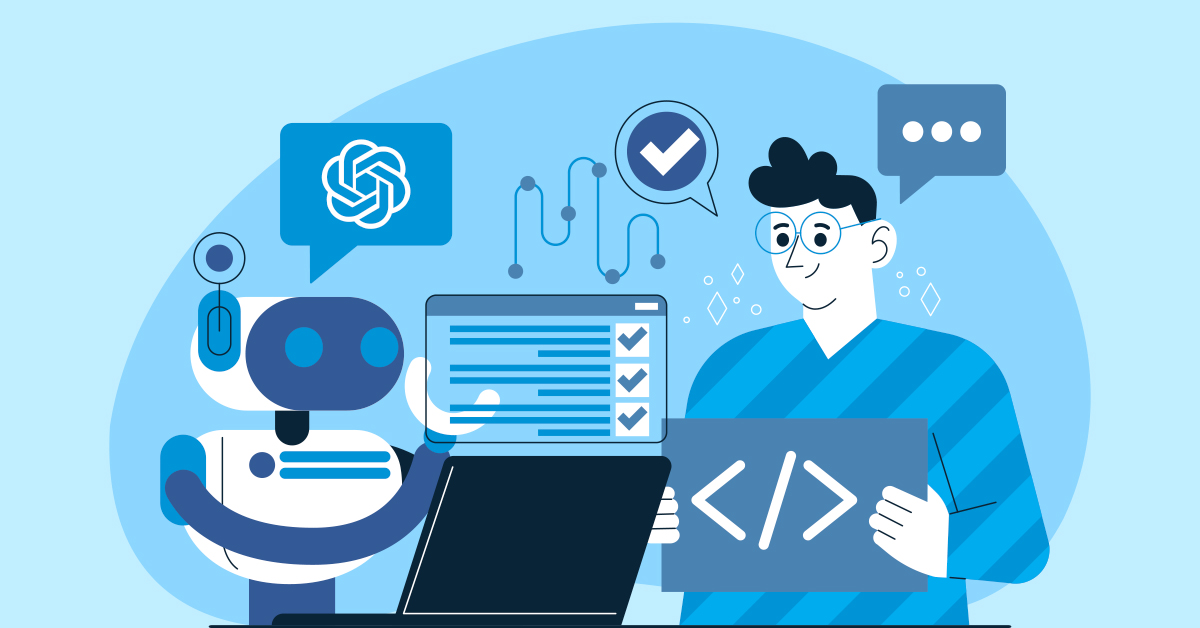Do you speak ChatGPTese? Discover 3 tips to become fluent
Conversing with ChatGPT is much like learning a new language: mastering writing, reading, and the ability to dialogue in the new language is essential, as is perfecting pronunciation.
As we progress, communication with a native speaker becomes smoother. The same goes for ChatGPT: it’s crucial to gain the skill of conversing and interacting with the tool so it understands exactly what we’re asking.
And because enhancing prompt engineering is now a practice not only useful but increasingly essential for all professionals both inside and outside IT, I share three tips to make the most of this chatbot.
1. Talk to ChatGPT as if it were a person
When we talk to someone (human), it’s natural to expect that, initially, our point of view might not be immediately understood. In this case, we might need to provide context about what we’re discussing. This is a behavior we can apply to ChatGPT: provide as much relevant information and context for the discussion topic.
Suppose you want to prepare for a marathon. You can ask ChatGPT: “How can I prepare for a marathon?“. But wouldn’t it be better to give more information about your experience, and needs, among other details? A more precise question could be: “I want to prepare for a marathon in six months, but I’ve never run such long distances. How can I prepare?“.
By providing this AI tool with additional contextual information, it will generate more targeted and consequently useful responses.
2. Refine interaction through feedback
Interacting with ChatGPT should be a constantly evolving process. This means that often, the first answer might not be perfect; however, you have the opportunity to continue the dialogue to improve subsequent responses. After receiving the initial response, it’s essential to assess whether it met your request satisfactorily.
If you want a more comprehensive or refined answer, you can provide more specific feedback to the model, clarify additional doubts, or even ask ChatGPT to delve deeper into a particular topic. Each time you reinforce the interaction, the tool will gain a more solid understanding of your preferences and needs, resulting in increasingly accurate responses.
Using the previous example, you could continue the conversation, asking something like: “Your answer was helpful, but can you provide more information on how to avoid injuries during marathon training?“. This way, ChatGPT will more clearly understand the direction you want your conversation to take.
3. Challenge ChatGPT and the originality of the answers
In addition to asking direct questions, try different question styles to stimulate the model’s creativity and generate more varied and surprising outputs. For example, try asking a hypothetical question starting with “What if…” to explore imaginary scenarios. Or ask ChatGPT to describe something as if it were telling a story or responding to someone with a specific role, profession, or age, etc.
By exploring different types of prompts, you can uncover more original and innovative answers. By allowing ChatGPT to express itself in multiple ways, you’ll identify a broader range of original approaches and perspectives to address your specific challenges. Moreover, the likelihood of gaining valuable insights increases, enriching the information obtained and accelerating your decision-making – besides fostering a fertile field of inspiration for creative projects or future ventures.
In conclusion, making the most of ChatGPT is about refining communication with this AI tool. It’s often said that “Who has a mouth goes to Rome”, but mastering these three tips will undoubtedly learn to speak this new artificial intelligence language more proficiently… To be able to get to any answer you propose.
*This article was originally published on Empreendedor.com



